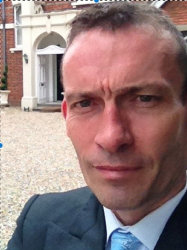BibTex format
@article{Yariv:2019:10.1017/jfm.2019.362,
author = {Yariv, E and Crowdy, D},
doi = {10.1017/jfm.2019.362},
journal = {Journal of Fluid Mechanics},
pages = {775--798},
title = {Thermocapillary flow between grooved superhydrophobic surfaces: transverse temperature gradients},
url = {http://dx.doi.org/10.1017/jfm.2019.362},
volume = {871},
year = {2019}
}

